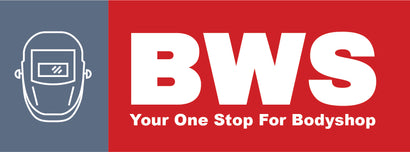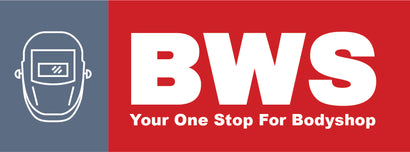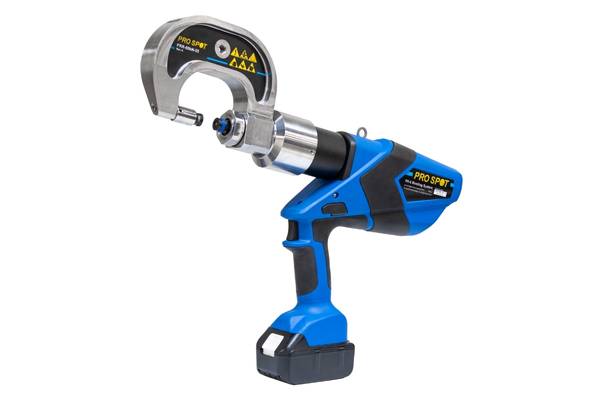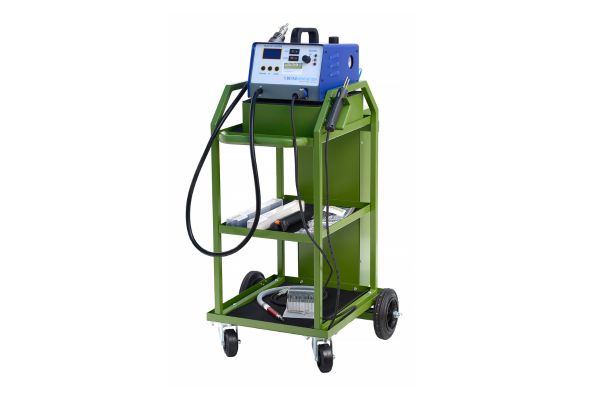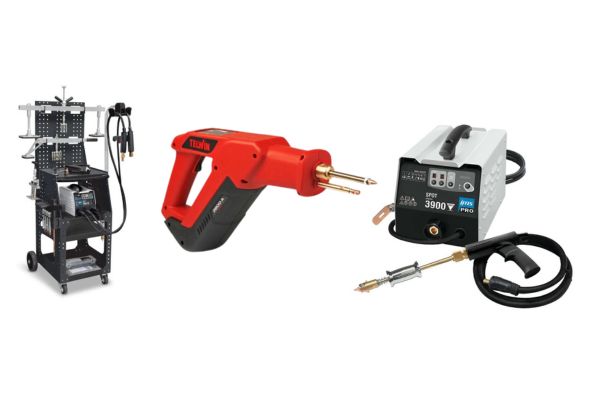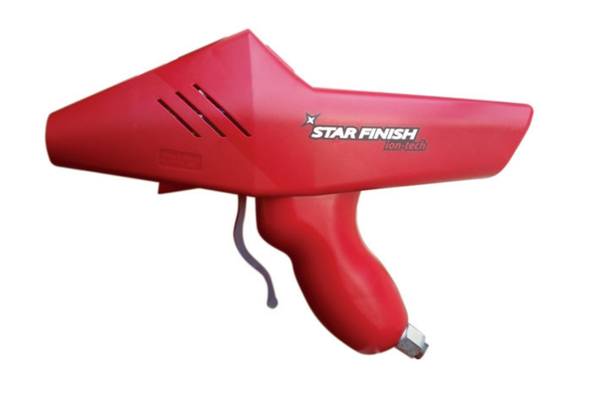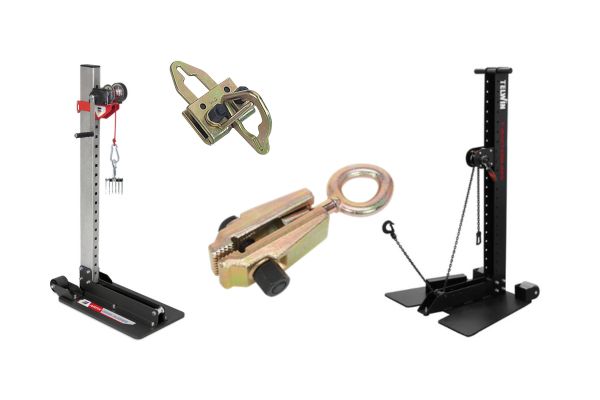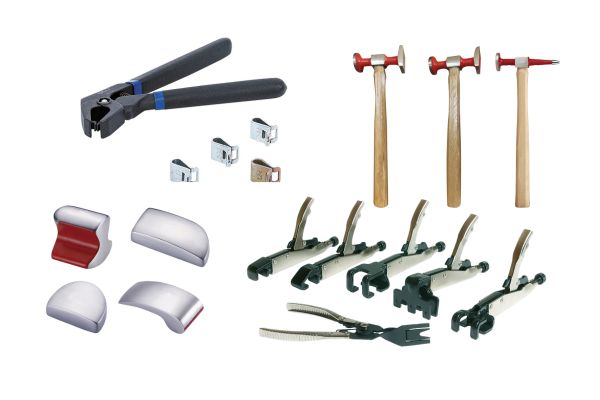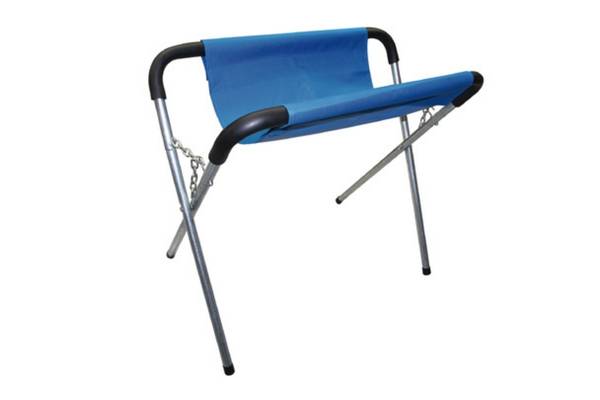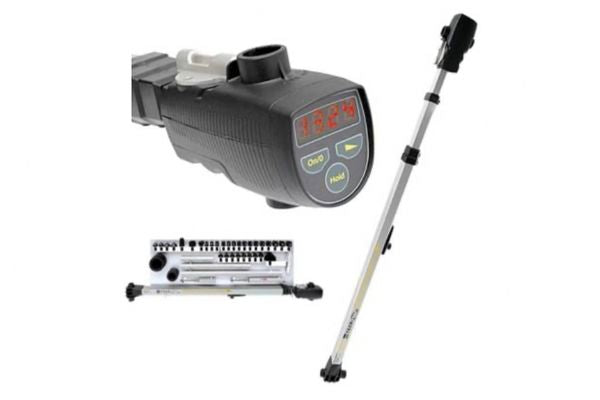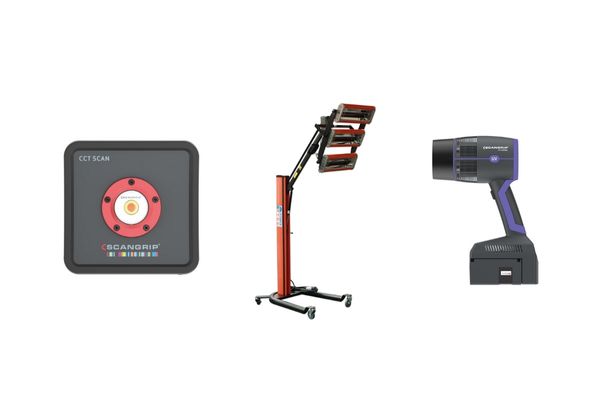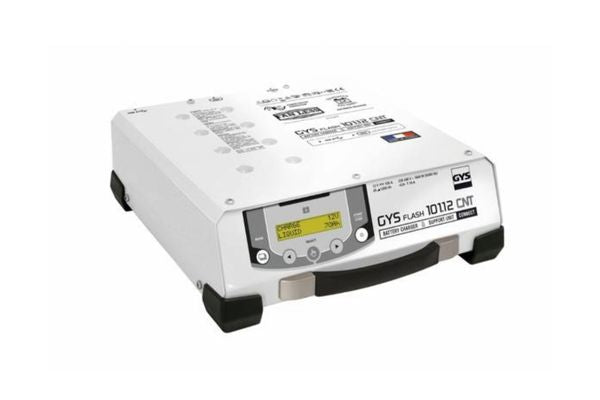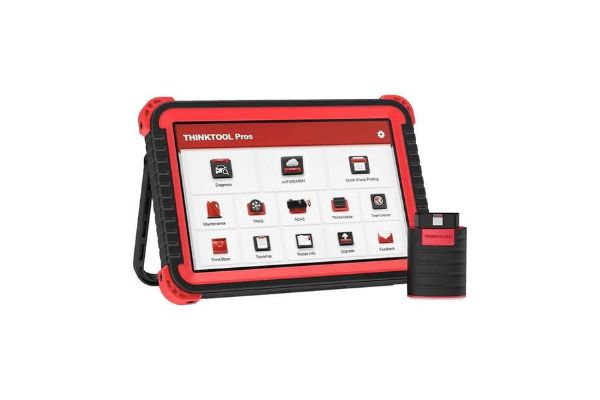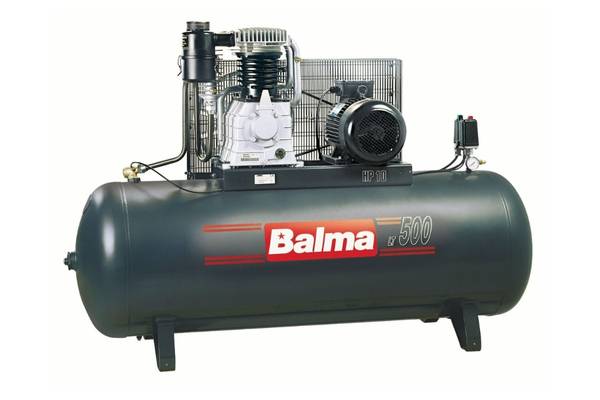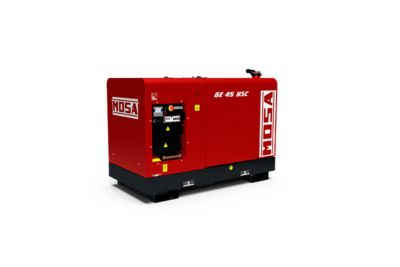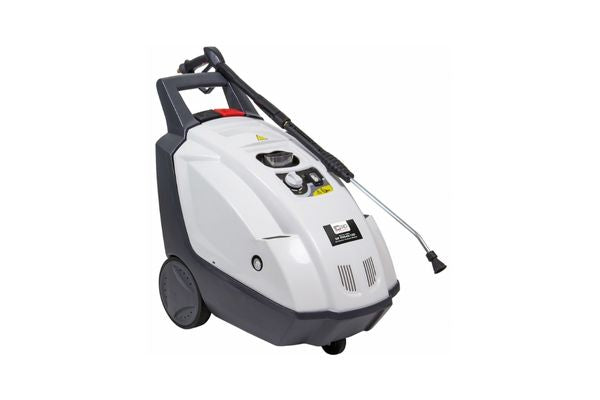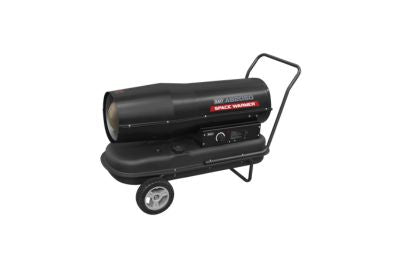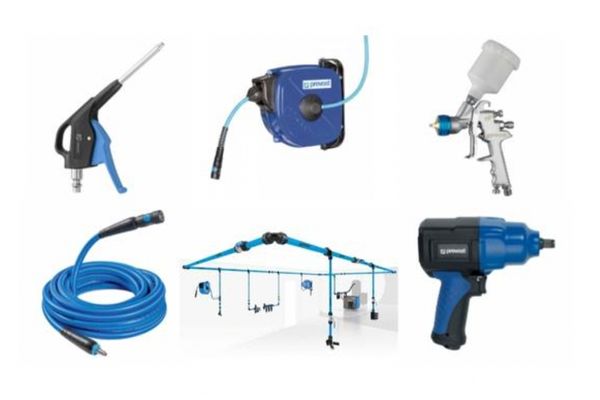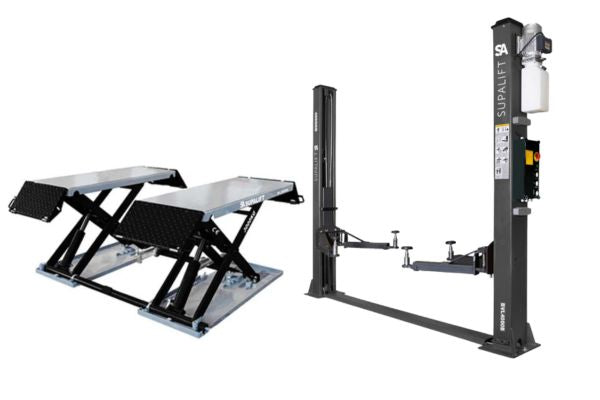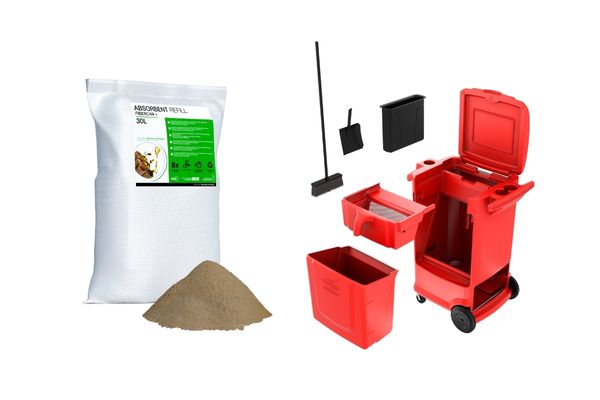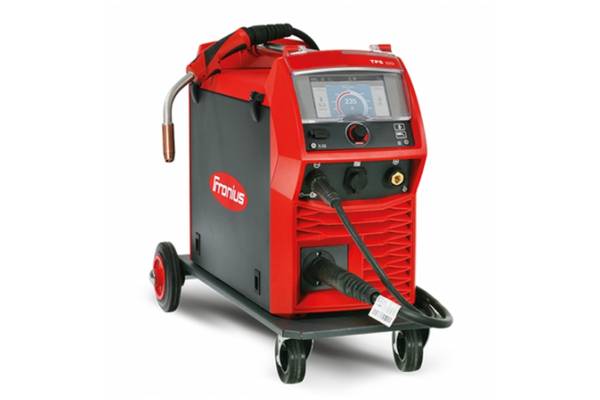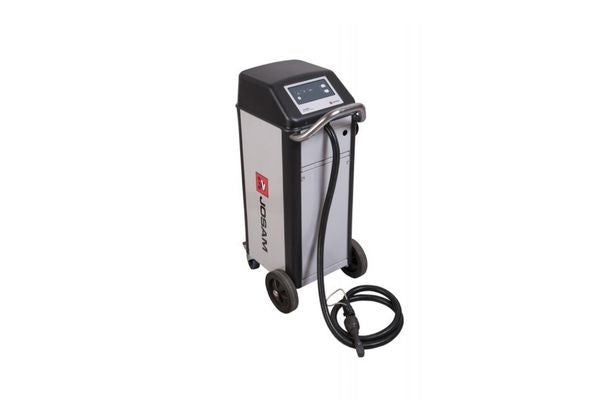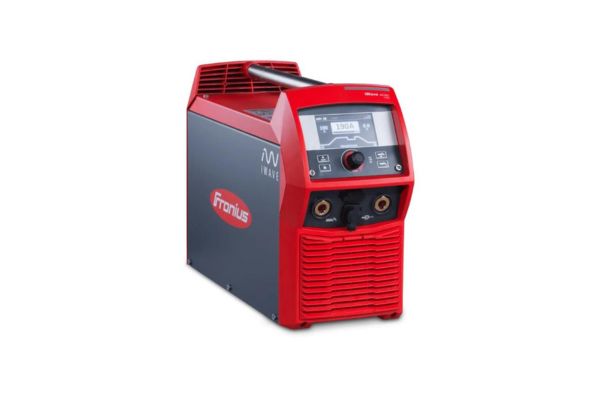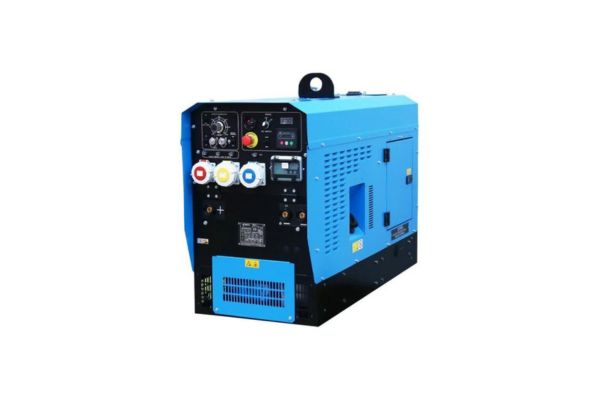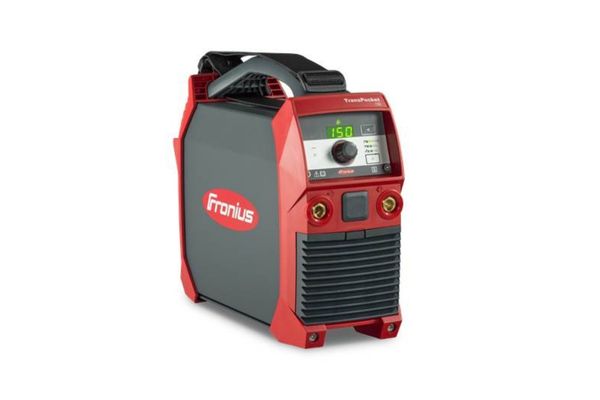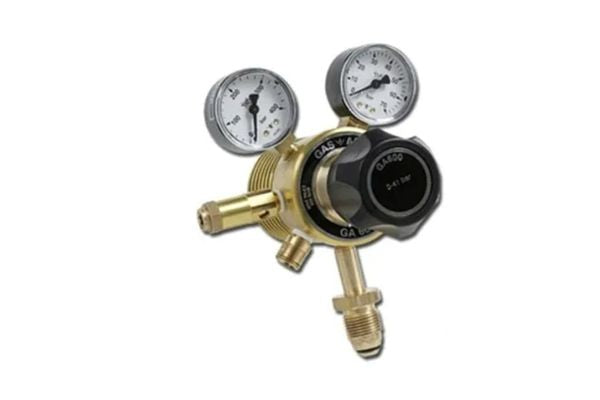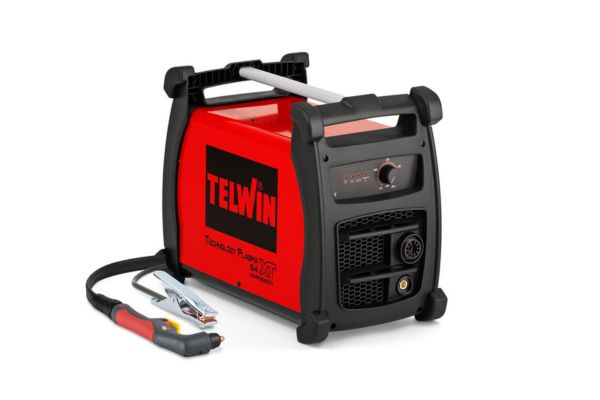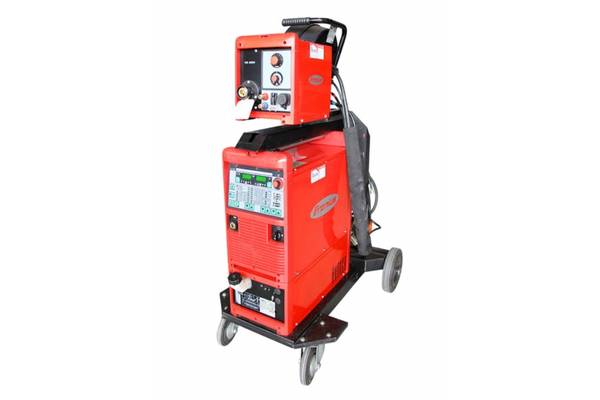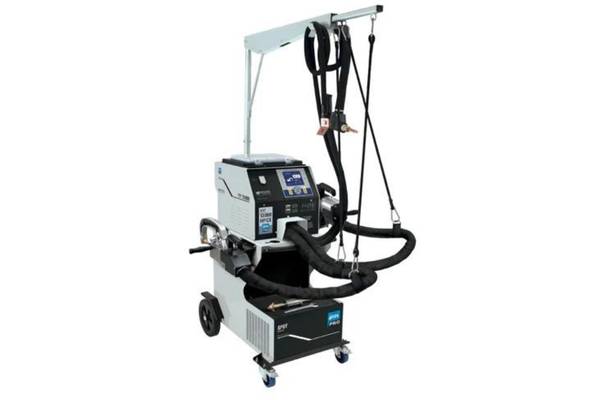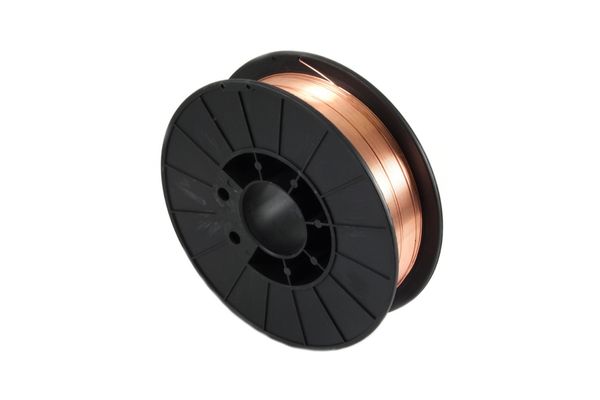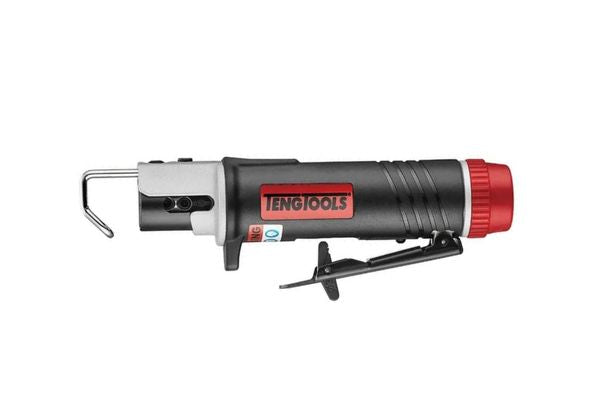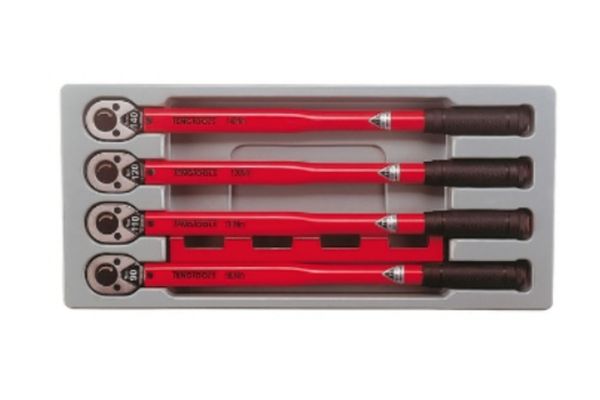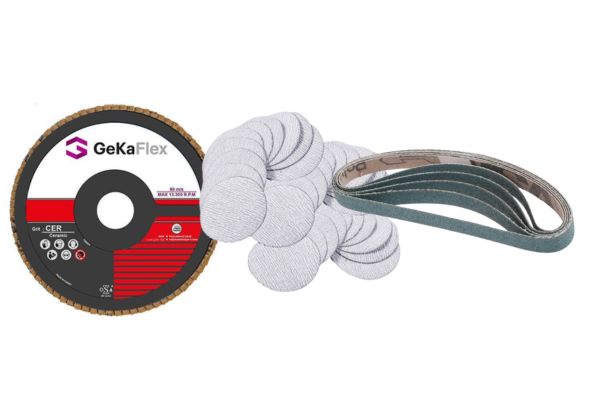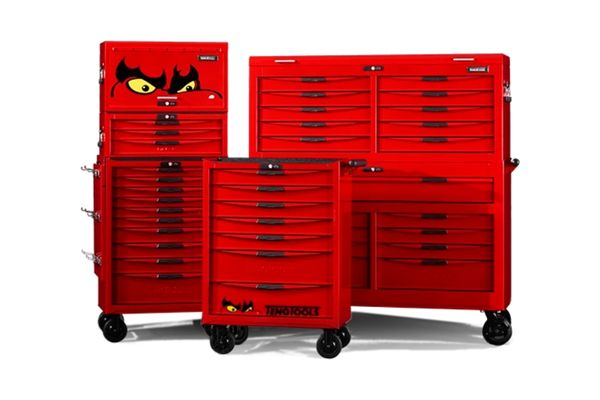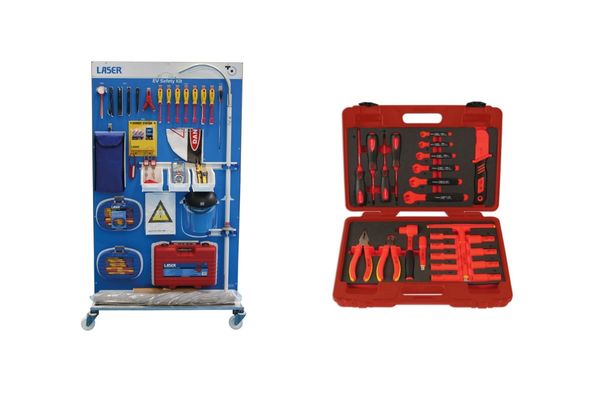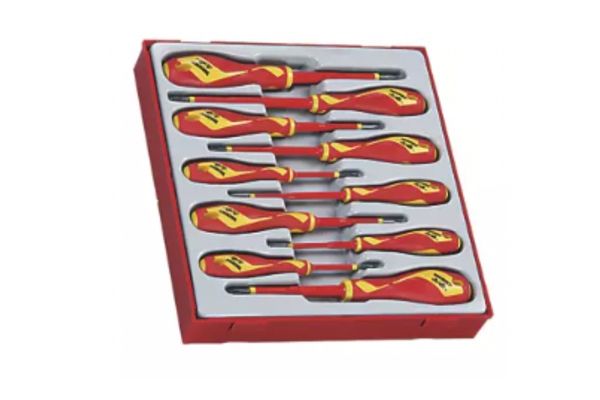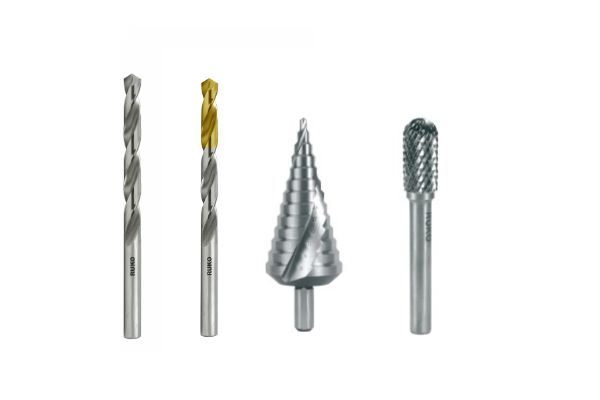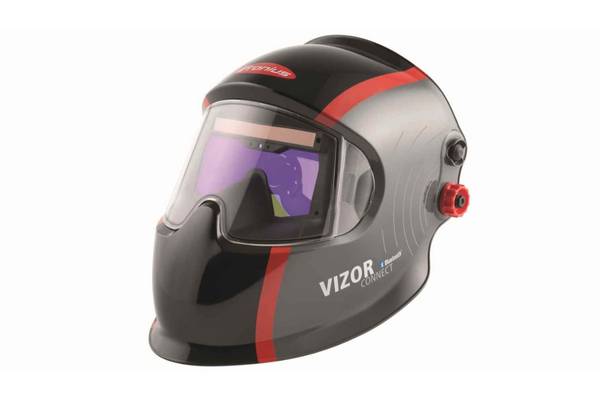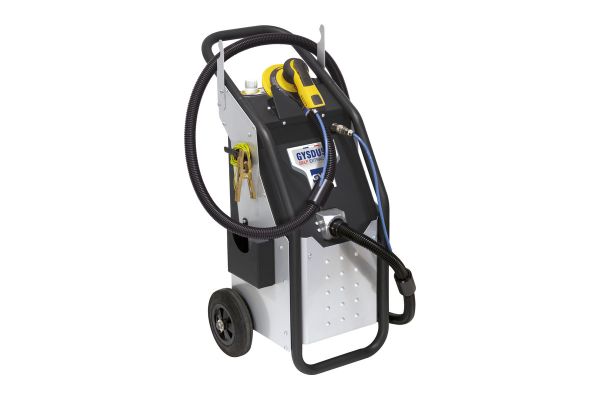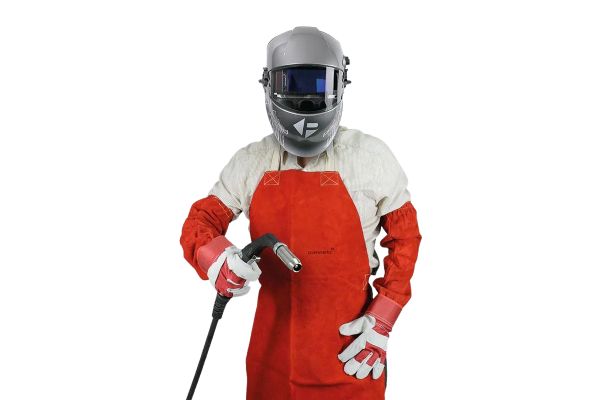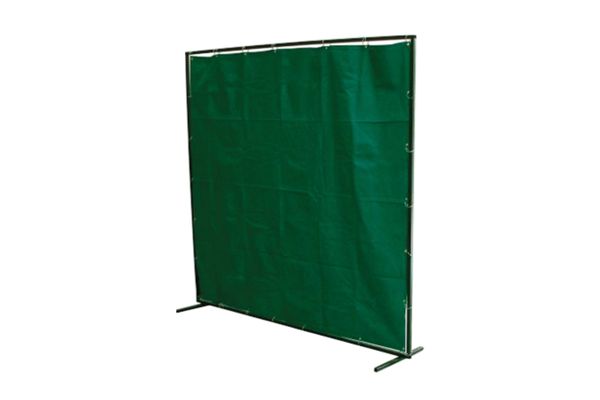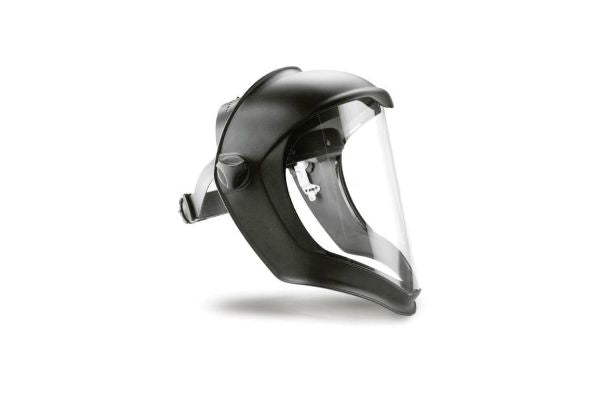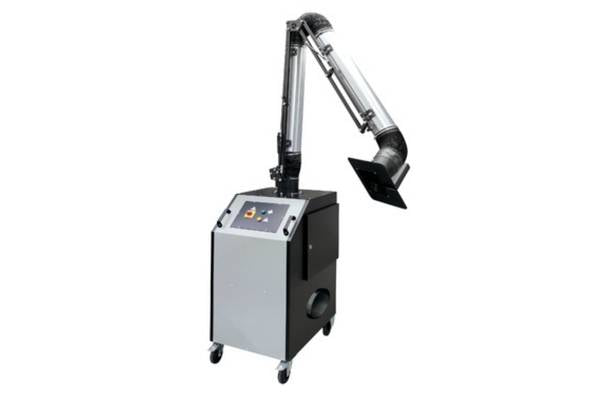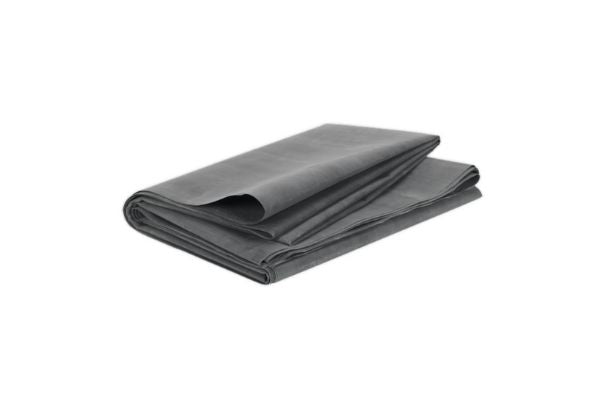Need Some Help? 0161 223 1843
Need Some Help? 0161 223 1843
BODYSHOP
WORKSHOP
WELDING
TOOLS
SAFETY
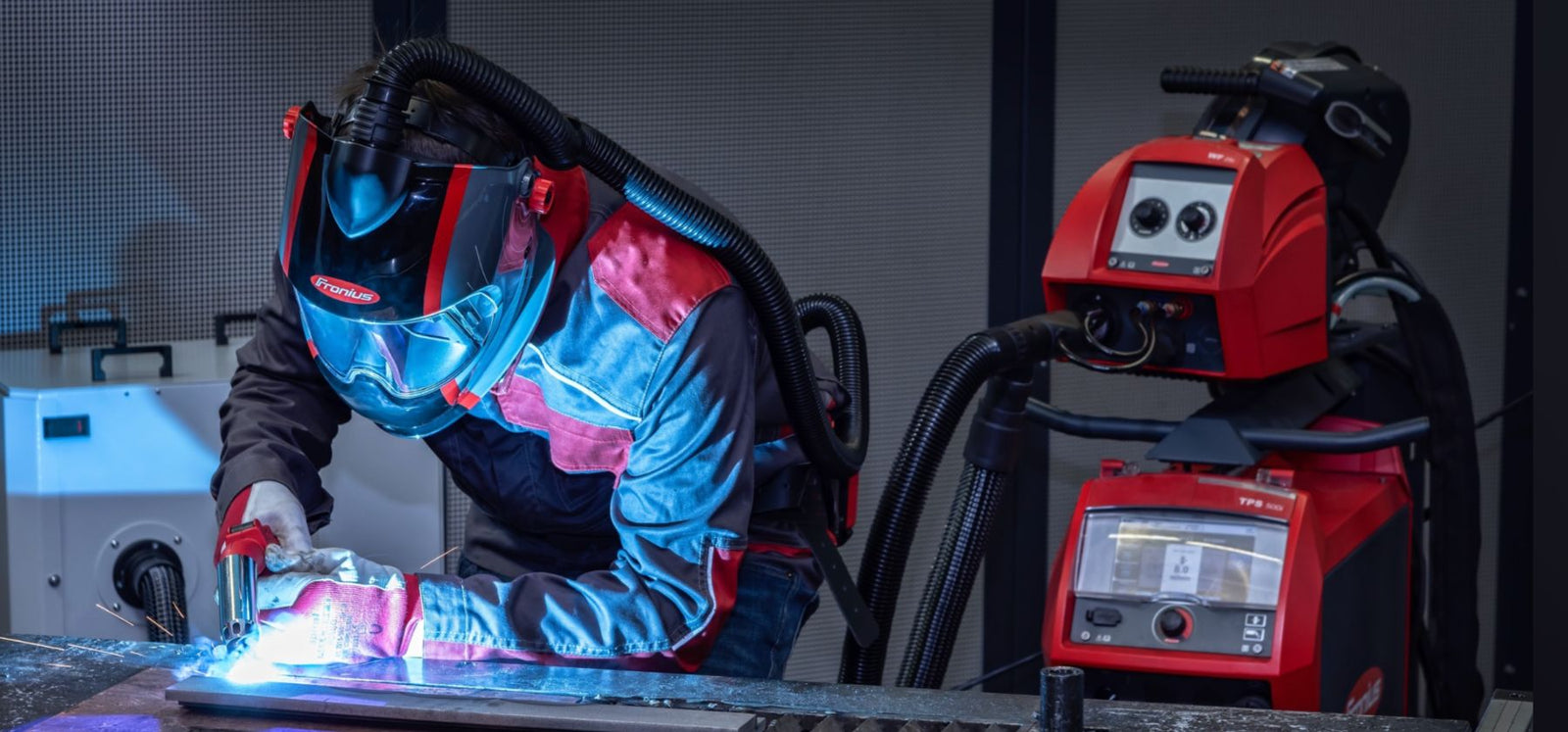
Air Fed Welding Helmets: Ensuring Safety and Efficiency in Welding
May 30, 2023 7 min read
When it comes to welding, safety should always be the top priority. Welders are exposed to various hazards, including intense heat, sparks, and harmful fumes. To protect themselves, professionals rely on specialised gear, such as air fed welding helmets. These advanced helmets not only shield welders' faces but also provide a constant flow of clean air, ensuring a safe and comfortable working environment. In this article, we will explore the features, benefits, and considerations associated with air fed welding helmets. So, let's dive in and discover how these innovative helmets contribute to the welding industry!

1. What are Air Fed Welding Helmets?
Air fed welding helmets, also known as powered air purifying respirators (PAPRs), are specially designed headgear that combines the functions of a welding helmet and a respirator. These helmets provide welders with complete protection against welding-related hazards, such as ultraviolet (UV) radiation, infrared (IR) radiation, sparks, and noxious fumes. By delivering a continuous supply of filtered air to the wearer, air fed welding helmets ensure a safe and healthy breathing environment.

How Do Air Fed Welding Helmets Work?
Air fed welding helmets operate on a simple yet effective principle. They consist of a helmet shell, a face shield, a filtration system, and a battery-powered fan unit. The fan unit draws ambient air through a series of filters, removing contaminants and impurities. The purified air is then channeled into the helmet, creating a positive pressure inside. This positive pressure prevents any external contaminants from entering the helmet, providing a clean breathing zone for the welder. Additionally, the face shield protects the welder's face and eyes from sparks and flying debris.
Advantages of Air Fed Welding Helmets
Using air fed welding helmets offers numerous advantages, making them an essential piece of equipment for professional welders. Some key benefits include:
Enhanced Safety
Air fed welding helmets provide comprehensive protection, safeguarding welders from harmful UV and IR radiation, sparks, and toxic fumes. This reduces the risk of eye injuries, burns, and respiratory issues, ensuring a safer working environment.
Optimal Comfort
With a constant flow of clean air, air fed welding helmets improve comfort during long welding sessions. The circulation of fresh air helps regulate temperature and reduce heat build-up inside the helmet, preventing discomfort and fatigue.
Better Visibility
Clear visibility is crucial for achieving precise and accurate welds. Air fed welding helmets feature high-quality lenses that offer excellent optical clarity, minimizing eye strain and allowing welders to work with greater precision.
Respiratory Protection
The built-in respirator system in air fed welding helmets filters out harmful particles, such as metal fumes and gases, before they reach the welder's lungs. This feature is especially important when working in confined spaces or in environments with poor air quality.
Versatility
Air fed welding helmets are compatible with various welding processes, including MIG, TIG, stick welding, and plasma cutting. They can be used in different welding applications, making them a versatile choice for professionals.
Factors to Consider When Choosing an Air Fed Welding Helmet
Selecting the right air fed welding helmet requires careful consideration of several factors. Here are some important aspects to keep in mind:
Level of Protection
Ensure that the helmet meets the necessary safety standards for your specific welding application. Look for helmets with appropriate ratings for UV and IR protection, impact resistance, and respiratory filtration efficiency.
Comfort and Fit
A well-fitting helmet enhances comfort and reduces strain. Look for adjustable headgear and straps that allow you to customize the fit. Consider helmets with ergonomic designs and sufficient padding for extended wear.
Battery Life and Charging Time
Check the battery specifications of the helmet, including the expected runtime and charging time. Opt for helmets with long battery life to minimize interruptions during work.
Weight and Balance
Lightweight helmets reduce neck strain and improve mobility. Look for models that strike a balance between protection and weight, ensuring ease of movement without compromising safety.
Noise Levels
Some air fed welding helmets can produce noise due to the fan unit. Consider helmets with noise reduction features to minimize distractions and enhance concentration.
Cost
Set a budget and explore helmets that offer the best value for your investment. Consider the long-term costs of filter replacements and accessories.
Key Features of Air Fed Welding Helmets
Air fed welding helmets come with a range of features that contribute to their functionality and user experience. Here are some notable features to look for:
Filter System
Efficient filtration systems are vital to ensuring clean air supply. Look for helmets with high-performance filters that remove both particulate matter and gases.
Adjustable Airflow Settings
Having control over the airflow allows welders to customize the ventilation according to their comfort and environmental conditions. Look for helmets with adjustable airflow settings to accommodate varying work requirements.
Optics and Lens Options
High-quality lenses are essential for clear and distortion-free vision. Look for helmets with auto-darkening filters (ADF) that adjust the lens shade automatically based on the welding arc. Additional lens options, such as magnifying lenses and coatings, can further enhance visibility.
Communication Capabilities
Some helmets offer built-in communication systems that enable welders to communicate with their team without removing the helmet. Consider helmets with integrated communication features for improved productivity and safety.
Ergonomic Design
An ergonomic helmet design enhances comfort and reduces strain. Look for helmets with lightweight materials, well-padded headbands, and adjustable features to ensure a customized and secure fit.
Battery Life and Indicators
Long battery life is crucial for uninterrupted work. Look for helmets with extended battery runtime and clear battery indicators to monitor the power level.
Easy Maintenance
Choose helmets with easily replaceable filters and clear instructions for maintenance. Look for models with washable and replaceable headbands and sweatbands for hygiene and comfort.
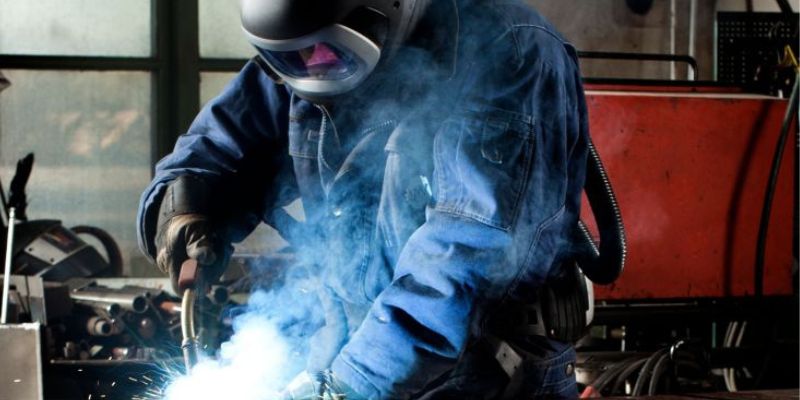
Popular Air Fed Welding Helmet Brands UK
When it comes to choosing an air fed welding helmet, several reputable brands offer high-quality options. Here are some popular brands to consider:
-
Parweld XR940A: Known for giving high specification equipment at a really good price Parwel Air fed welding helmets offer great value for money.
-
3M Speedglas: 3M Speedglas is renowned for its premium welding helmets with exceptional optics, comfort, and protection. Their helmets often incorporate cutting-edge technologies for an enhanced user experience.
-
Optrel: Optrel specialises in producing high-performance welding helmets, including air fed models. Their helmets are known for their durability, comfort, and excellent optical clarity.
-
ESAB: ESAB is a trusted brand in the welding industry, offering a diverse range of air fed welding helmets. Their helmets are known for their reliability, ease of use, and comprehensive protection.
- GYS Gysmatic XXL, A newcomer to the air fed welding helmet game the GYSmatic XXL gives colour lenses with a large view area and high specification.
Maintaining and Cleaning Your Air Fed Welding Helmet
To ensure optimal performance and longevity, proper maintenance and cleaning of your air fed welding helmet are essential. Here are some guidelines to follow:
-
Regularly inspect the helmet for any damage or wear. Replace any worn-out parts or components.
-
Clean the outer shell of the helmet using a mild detergent or cleaning solution and a soft cloth. Avoid abrasive cleaners or solvents that may damage the helmet.
-
Clean the lenses with specialised lens cleaners or mild soap and water. Use a soft cloth or lens cleaning tissue to avoid scratching the lenses.
-
Replace the filters according to the manufacturer's recommendations or when they become clogged or damaged.
-
Store the helmet in a clean and dry place, away from direct sunlight and extreme temperatures.
Frequently Asked Questions (FAQs)
Q1: Are air fed welding helmets suitable for all types of welding?
Yes, air fed welding helmets are suitable for a wide range of welding processes, including MIG, TIG, stick welding, and plasma cutting. They provide comprehensive protection and respiratory safety regardless of the welding method.
Q2: How long does the air supply last in an air fed welding helmet?
The air supply duration depends on the specific helmet model and the battery capacity. On average, the battery can last anywhere from 6 to 12 hours, providing a continuous supply of clean air during that time.
Q3: Can I wear glasses with an air fed welding helmet?
Yes, most air fed welding helmets are designed to accommodate the use of glasses. However, it's important to ensure a proper fit and check the helmet specifications to confirm compatibility.
Q4: Are air fed welding helmets heavy and uncomfortable to wear?
Air fed welding helmets are designed with lightweight materials and ergonomic features to prioritize comfort. While they may be slightly heavier than traditional helmets due to the added filtration system, they provide a balanced and secure fit, reducing discomfort during prolonged use.
Q5: Do air fed welding helmets have adjustable settings?
Yes, many air fed welding helmets offer adjustable airflow settings to suit different work environments and personal preferences. This allows welders to regulate the ventilation inside the helmet for optimal comfort and safety.
Q6: What is the approximate cost of an air fed welding helmet?
The cost of air fed welding helmets varies depending on the brand, features, and quality. Generally, they range from $200 to $1000 or more. It's important to consider the specific requirements of your welding tasks and choose a helmet that meets your needs and budget.
Conclusion
Air fed welding helmets are a game-changer in the welding industry, ensuring both safety and comfort for professional welders. By providing comprehensive protection against welding hazards and a constant supply of clean air, these helmets contribute to a healthier and more efficient working environment. When selecting an air fed welding helmet, consider factors such as protection level, comfort, features, and cost. Regular maintenance and cleaning are crucial for optimal performance and longevity. Embrace the benefits of air fed welding helmets and elevate your welding experience to new heights of safety and productivity.
Ifyou need any advice on what is the best Air fed welding helmet for you then please contact us either by our Contact Page or by chat
Leave a comment
Comments will be approved before showing up.
